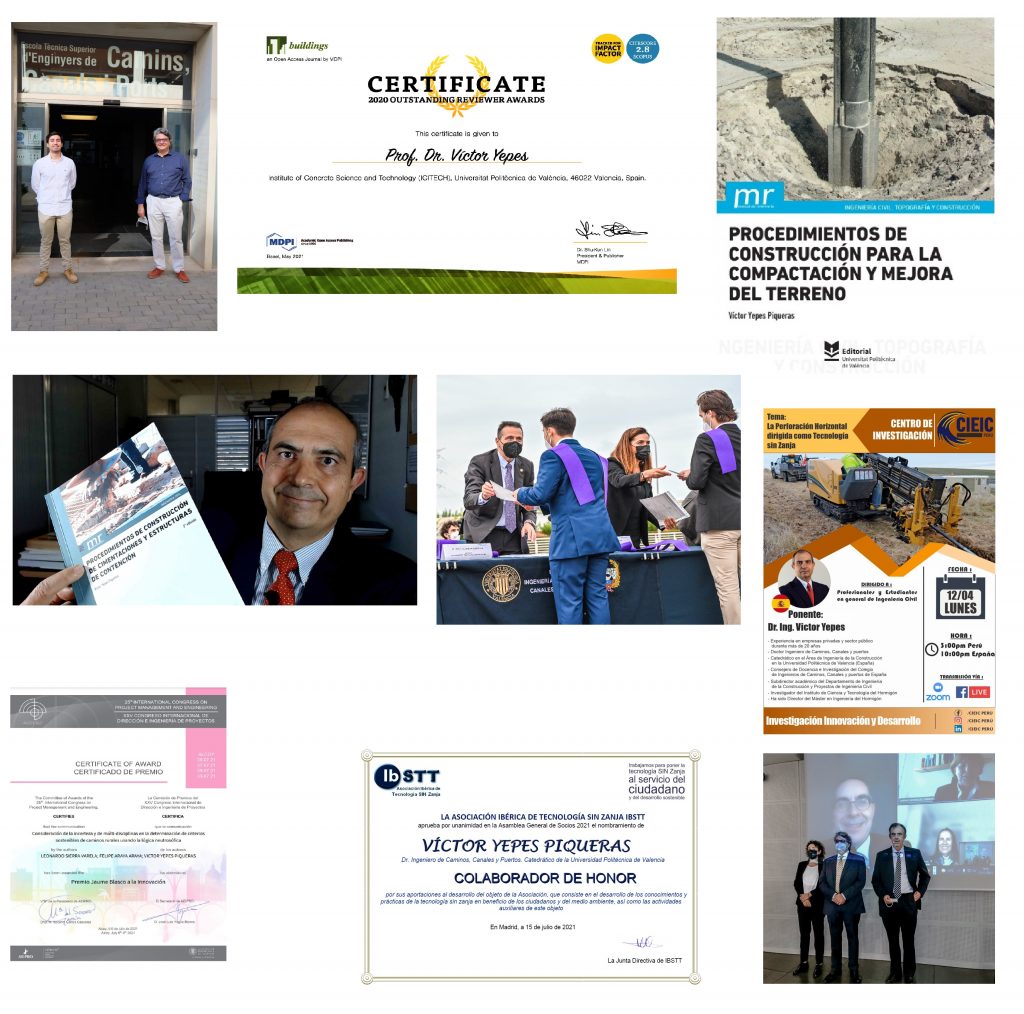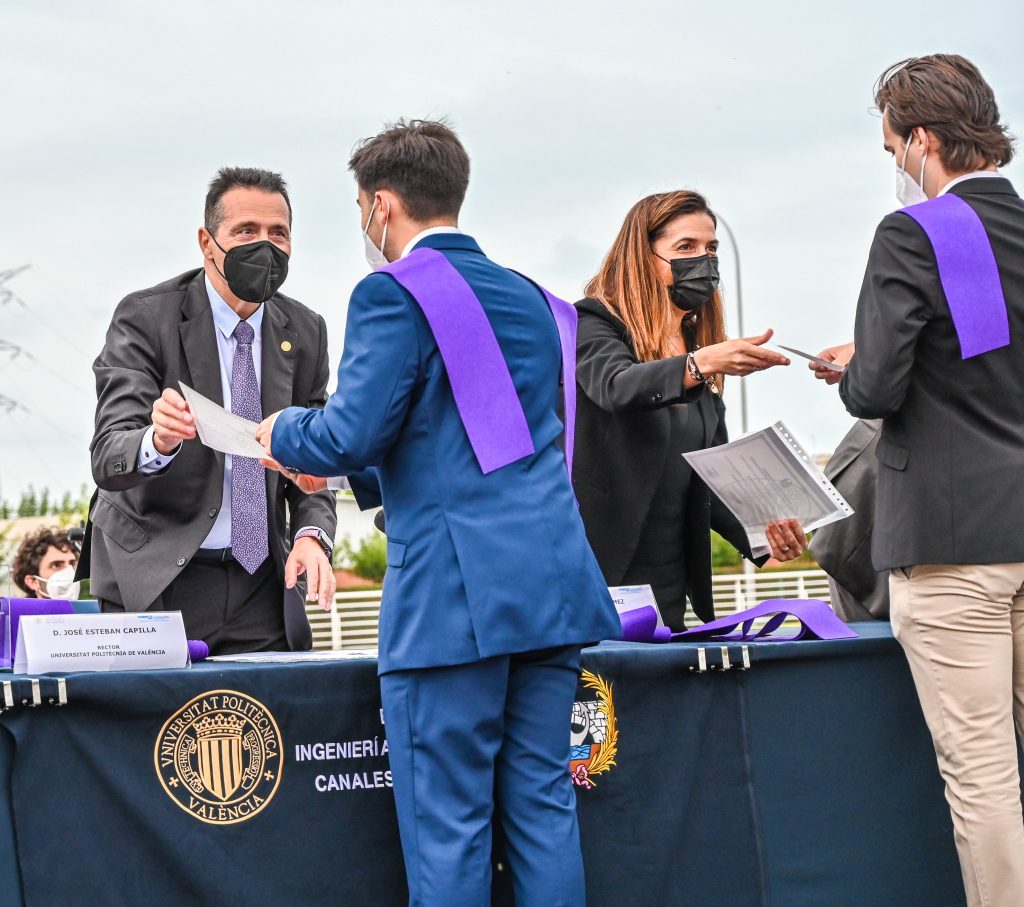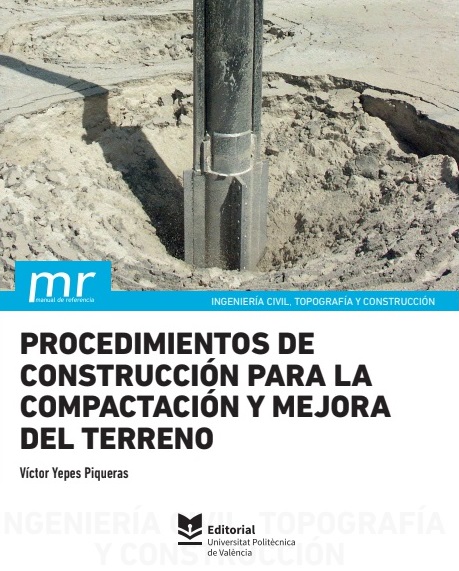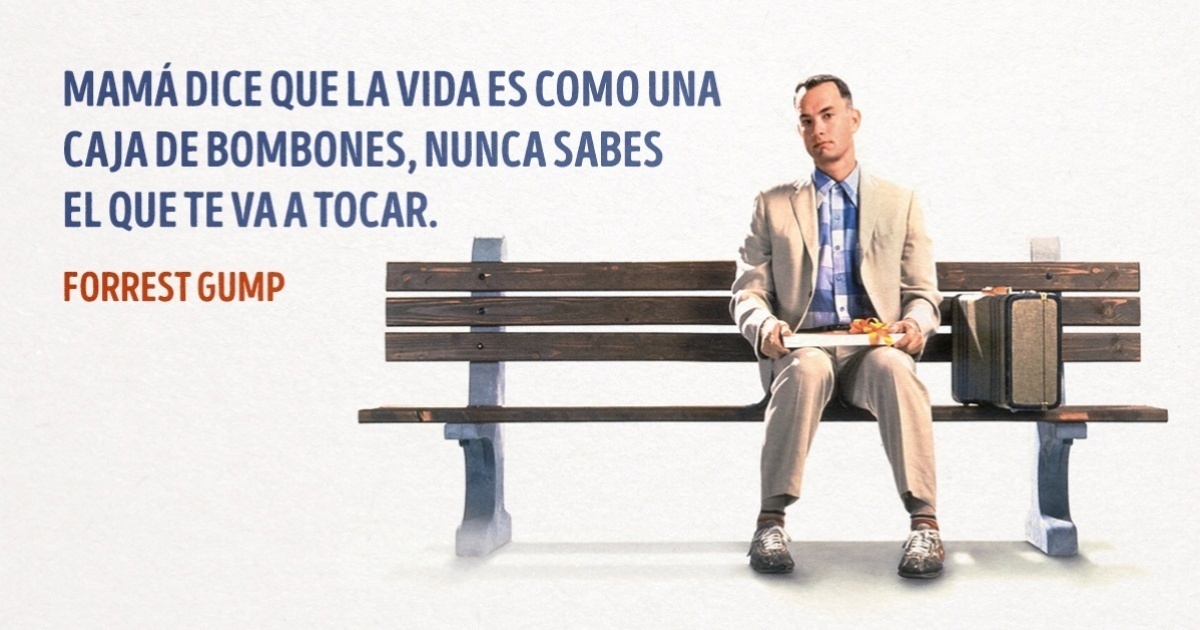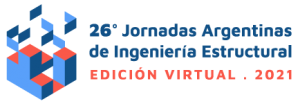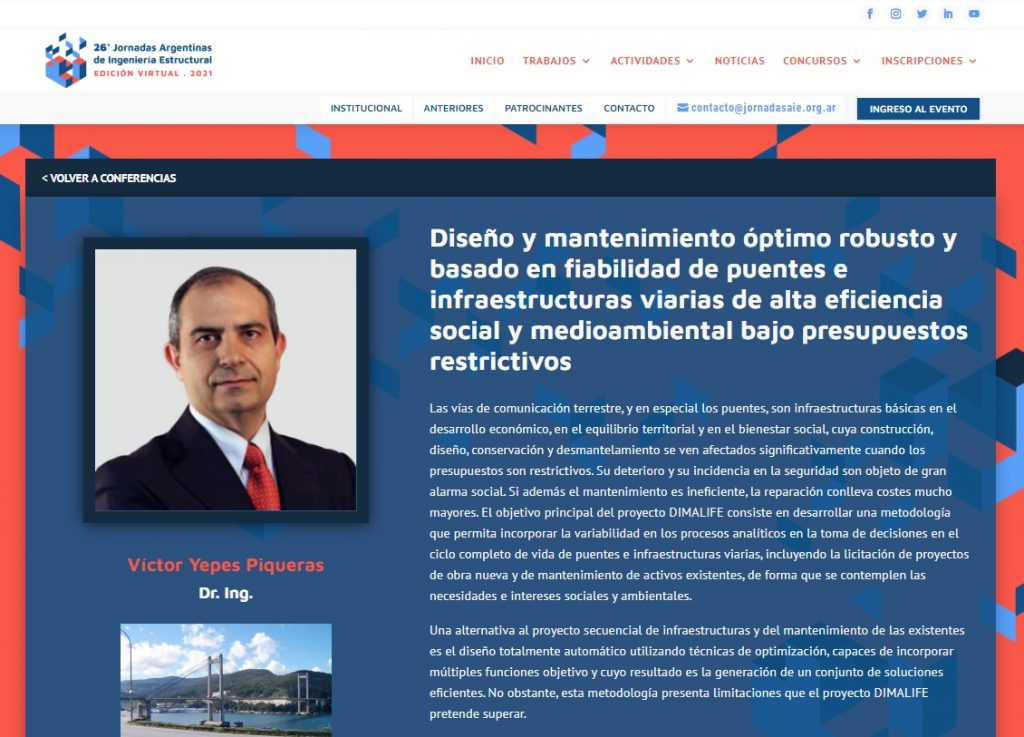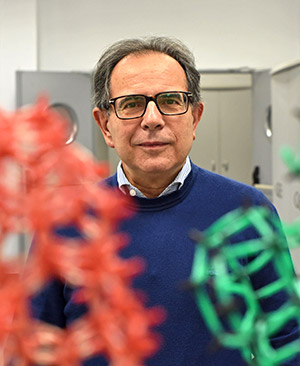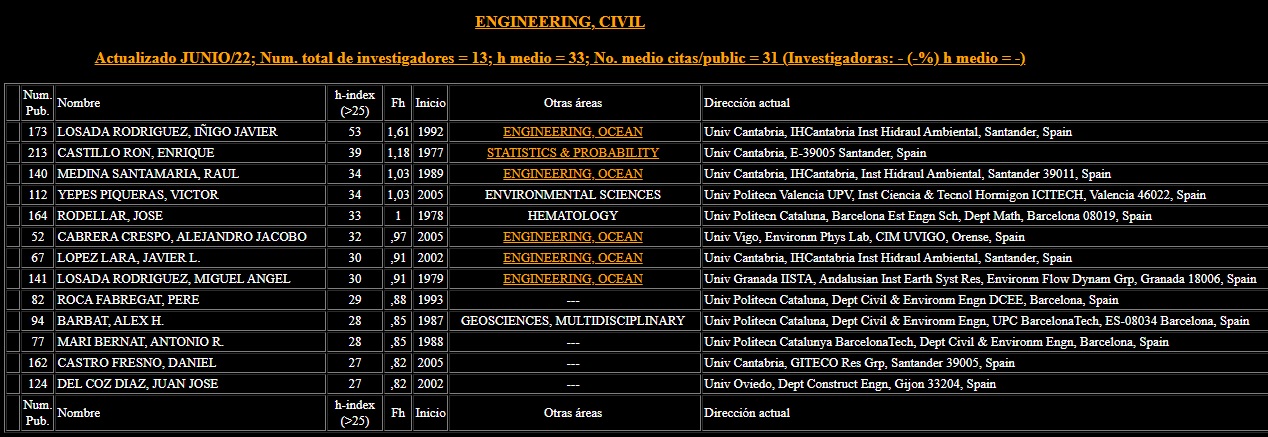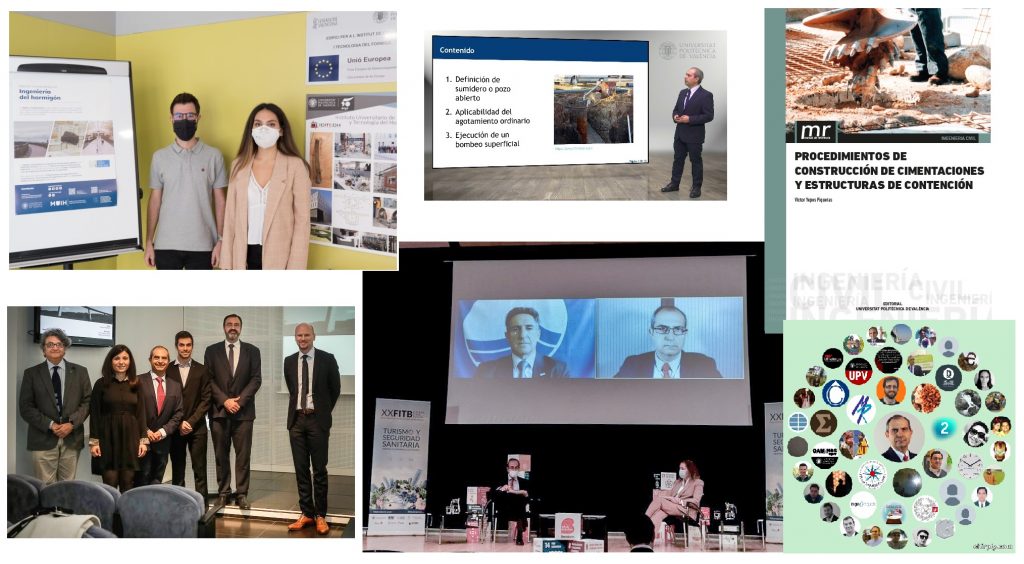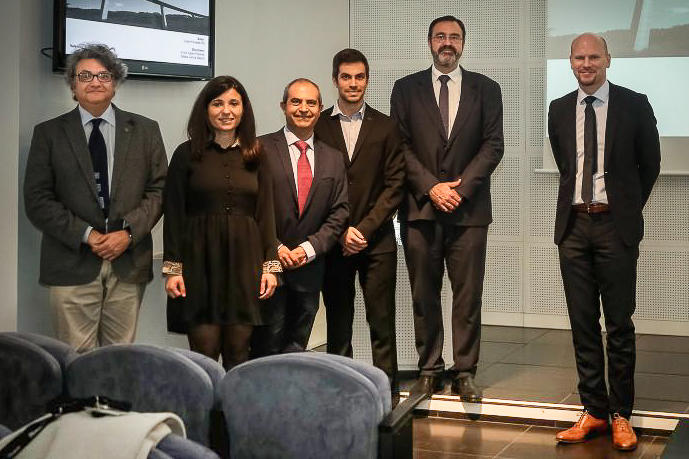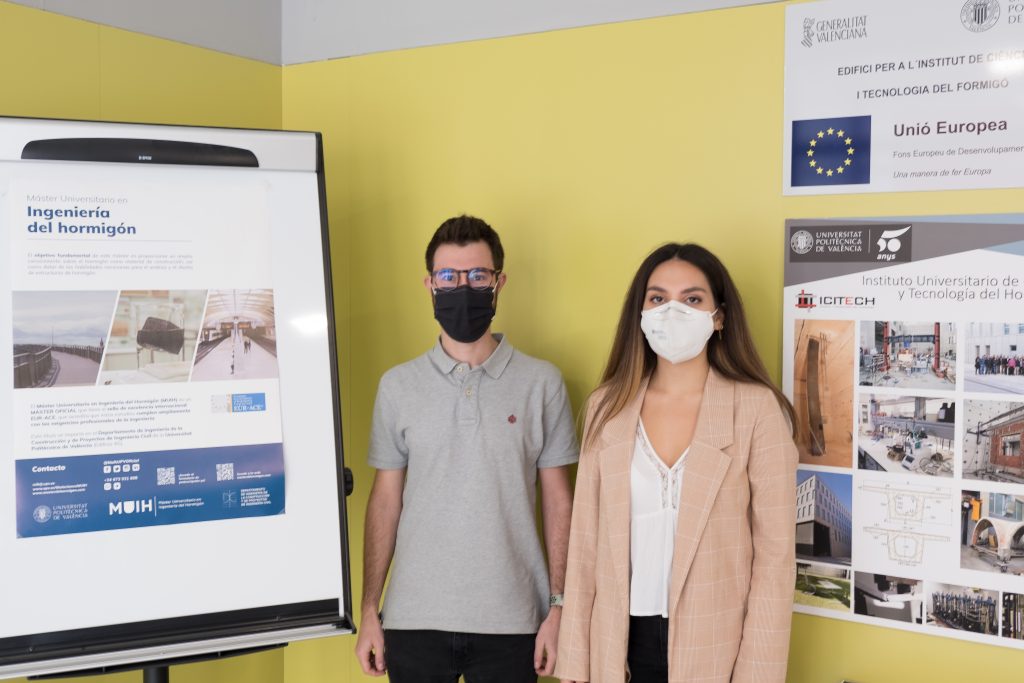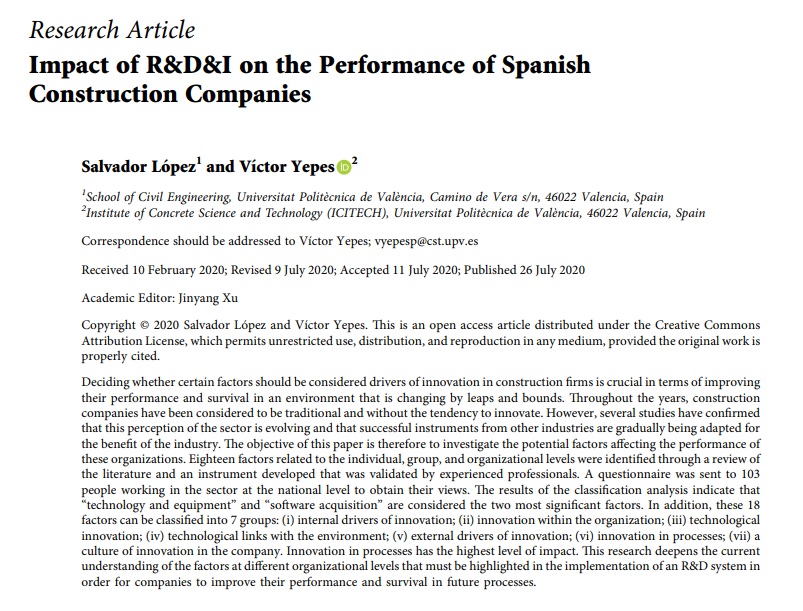 Han bastado 11 semanas de este 2022, en particular 77 días, para tener la satisfacción de ver publicado cinco artículos de gran impacto, que daría para un sexenio de investigación (en revistas del primer cuartil del JCR, siendo tres, además, del primer decil). El mérito, como siempre, no es mío, sino del maravilloso grupo de investigación que tengo a mi lado. Espero que la racha continúe. ¡No hay mejor forma de celebrar el día del padre! Os paso los resúmenes de estos artículos por si os interesan.
Han bastado 11 semanas de este 2022, en particular 77 días, para tener la satisfacción de ver publicado cinco artículos de gran impacto, que daría para un sexenio de investigación (en revistas del primer cuartil del JCR, siendo tres, además, del primer decil). El mérito, como siempre, no es mío, sino del maravilloso grupo de investigación que tengo a mi lado. Espero que la racha continúe. ¡No hay mejor forma de celebrar el día del padre! Os paso los resúmenes de estos artículos por si os interesan.
SÁNCHEZ-GARRIDO, A.J.; NAVARRO, I.J.; YEPES, V. (2022). Multi-criteria decision-making applied to the sustainability of building structures based on Modern Methods of Construction. Journal of Cleaner Production, 330:129724. DOI:10.1016/j.jclepro.2021.129724
Since the establishment of the Sustainable Development Goals, great concern has arisen on how to diminish the impacts that result from construction activities. In such context, Modern Methods of Construction (MMC) rise as a powerful way to reduce life cycle impacts through optimizing the consumption of materials. This paper focuses on the sustainability assessment of different modern construction techniques applied to concrete structures of single-family houses. The life cycle performance in terms of sustainability is compared between a conventional reference design, a precast design, a lightweight slab design with pressurized hollow discs, and a design based on double-wall structural elements. The sustainability is assessed through a set of 38 indicators that address not only the economic and environmental response of the designs, but also their social impacts as well. Five of the best known Multi-Criteria Decision-Making (MCDM) techniques (SAW, COPRAS, TOPSIS, VIKOR and MIVES) are applied to derive the life-cycle performance of each design into a single sustainability score. Since there is no consensus on which MCDM method works best in sustainability assessments, a Global Structural Sustainability Index (GSSI) combining and weighting the above is proposed here to aid the analysis of the results obtained. The results show that consideration of the three dimensions of sustainability leads to balanced designs whose preference need not coincide with those derived from each one-dimensional life cycle approach.
MATHERN, A.; PENADÉS-PLÀ, V.; ARMESTO BARROS, J.; YEPES, V. (2022). Practical metamodel-assisted multi-objective design optimization for improved sustainability and buildability of wind turbine foundations. Structural and Multidisciplinary Optimization, 65:46. DOI:10.1007/s00158-021-03154-0
In this work, we study the potential of using kriging metamodelling to perform multi-objective structural design optimization using finite element analysis software and design standards while keeping the computational efforts low. A method is proposed, which includes sustainability and buildability objectives, and it is applied to a case study of reinforced concrete foundations for wind turbines based on data from a large Swedish wind farm project. Sensitivity analyses are conducted to investigate the influence of the penalty factor applied to unfeasible solutions and the size of the initial sample generated by Latin hypercube sampling. A multi-objective optimization is then performed to obtain the optimum designs for different weight combinations for the four objectives considered. Results show that the kriging-obtained designs from samples of 20 designs outperform the best designs in the samples of 1000 designs. The optimum designs obtained by the proposed method have a sustainability impact 8–15% lower than the designs developed by traditional methods.
MARTÍNEZ FERNÁNDEZ, P.; VILLALBA SANCHIS, I.; INSA FRANCO, R.; YEPES, V. (2022). Slab track optimisation using metamodels to improve rail construction sustainability. Journal of Construction Engineering and Management, (accepted, in press).
Railways are an efficient transport mode, but building and maintaining railways tracks has a significant environmental impact in terms of CO2 emissions and use of raw materials. This is particularly true for slab tracks, which require large quantities of concrete. They are also more expensive to build than conventional ballasted tracks, but require less maintenance and have other advantages that make them a good alternative, especially for high-speed lines. In order to contribute to a more sustainable railways, this paper aims to optimise the design of one of the most common slab track typologies: RHEDA 2000. The main objective is to reduce the amount of concrete required to build the slab without compromising its performance and durability. To do so, a Finite Elements (FEM) model of the track has been used, paired with a kriging meta-model to allow analysing multiple options of slab thickness and concrete strength in a timely manner. By means of the kriging, optimal solutions have been obtained and them validate through the FEM model to ensure that predefined mechanical and geometrical constraints are met. Starting from an initial setup with a 30 cm slab made of concrete with a characteristic strength of 40 MPa, an optimised solution has been reached, consisting on a 24 cm slab made of concrete with a strength of 45 MPa. This process may be now applied to other slab typologies to obtain more sustainable designs.
FERNÁNDEZ-MORA, V.; NAVARRO, I.J.; YEPES, V. (2022). Integration of the structural project into the BIM paradigm: a literature review. Journal of Building Engineering, (accepted, in press).
The revolution towards Industry 4.0 in the AECO Industry has taken Building Information Modelling (BIM) as one of its central points. BIM abilities for automatization, interoperability and sustainability play a key role in this change. In this paper, a literature review about BIM adoption for the structural project is presented. The aim of the presented review is to clearly establish the current state of knowledge of the implementation of the BIM methodology in the field of structural analysis. Papers related to these two topics simultaneously, BIM and structure analysis, during the last 10 years have been selected. The literature has been analysed from two different approaches. First, bibliometric analysis has been performed, studying the production on the topic. Secondly, 81 representative papers have been selected and analysed, establishing thematic areas via cluster analysis. The articles have also been classified upon several categorizations based on the structural life cycle and their aim. Finally, a SWOT analysis is performed from this data to create a complete framework that shows the state of the integration of the structural project in BIM environments and possible future developments and risks. This set of studies shows a tendency towards design tools and new buildings. While automatization and computer-aided design have been a trend in the research for several years, a research gap on the structural analysis via BIM for existing and heritage buildings has been pointed out, showing its ability to improve the analysis of existing buildings and its maintenance.
SÁNCHEZ-GARRIDO, A.J.; NAVARRO, I.J.; YEPES, V. (2022). Evaluating the sustainability of soil improvement techniques in foundation substructures. Journal of Cleaner Production, (accepted, in press).
The soil is not always suitable or competent to support a direct shallow foundation in construction. In many cases, to avoid costly deep foundations, it is indicated to replace, improve, or reinforce such soil. This paper focuses on evaluating the contribution to sustainability between different soil improvement techniques and the outcome of their application to the foundation of a single-family house as an alternative to the one built. The life-cycle performance in sustainability is compared between the baseline design (without intervention), backfilling and soil compaction, soil-cement columns, rigid inclusion of micropiles, and nailing of precast joists. To characterize sustainability, a set of 37 indicators is proposed that integrate the economic or environmental aspects of each design alternative and its social impacts. A sustainability ranking is obtained for the different alternatives based on the ELECTRE IS method for multi-criteria decision-making (MCDM). The sensitivity of the obtained results is evaluated against different MCDM methods (TOPSIS, COPRAS) and different criteria weights. The evaluation provides a cross-cutting view, comparing the ability and reliability of each technique to prioritize the ground consolidation solution that best contributes to the sustainability in the design of a building’s substructure.

